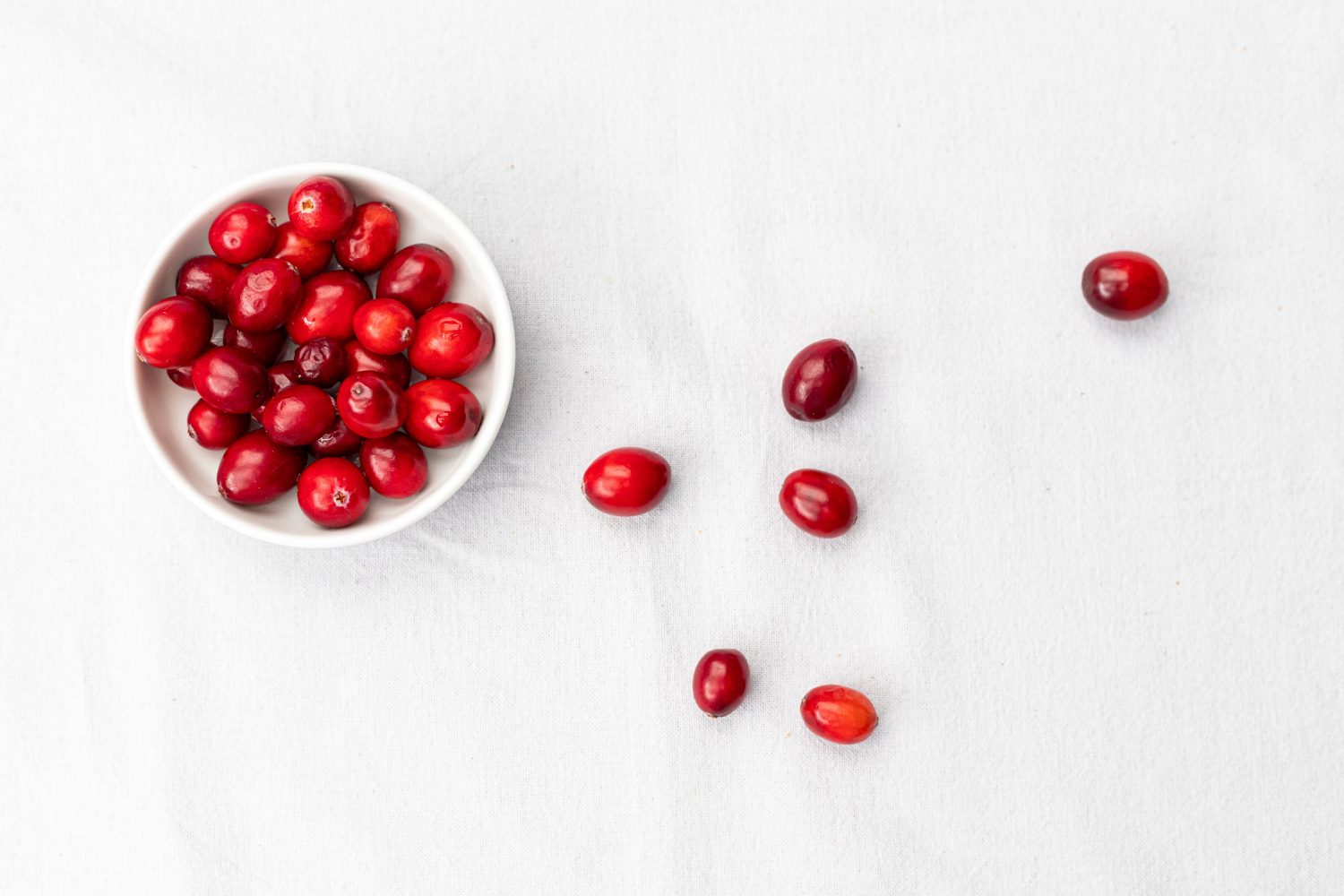We’ve all seen those commercials: a man stomping in a cranberry bog and sipping that sweet yet sour juice.
And yet, despite how often that commercial plays, cranberries are not a common part of our diet. Sure, we drink their juice and slather our turkey in cranberry sauce come Thanksgiving time, but few cook with them on a daily basis.
But maybe we should start! Cranberries are a very healthy and versatile fruit, and their sour flavor can add pizzazz to an otherwise boring dish.
If you’re sensitive to seeds, be wary as cranberries do contain some. Luckily, they’re fairly easy to remove if you’re willing to put in a little time.
Keep reading for two methods of seed separation and all of the answers to your cranberry-related questions.
What is a Cranberry?
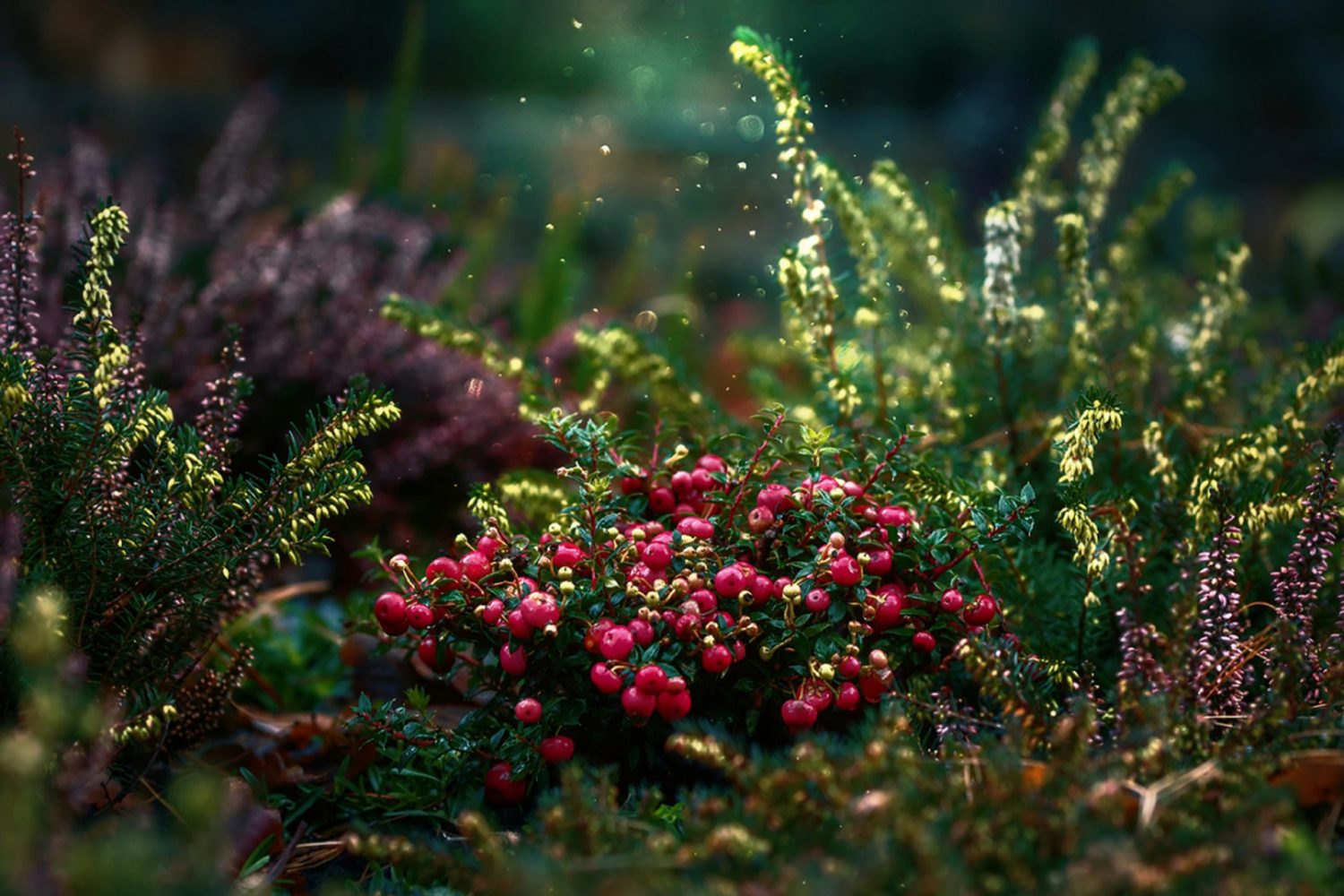
Cranberries are native to North America and grow in marshes or bogs. A member of the heather family, they’re related to our good friend the blueberry.
Interestingly enough, cranberries almost grow in layers. At the bottom, they have vines that can grow from one to six feet long, covered in dark green leaves. Up next are the short branches that shoot up from the vines. Finally, we have the flowers and berries which bloom on the shoots, not the vines.
The berries themselves are rather small and red with a shiny coating. You’ll know your cranberries are ripe when they bounce. Yes, you read that right! When super ripe, cranberries are very buoyant, essentially making them nature’s bouncy ball.
Fun fact: in ideal growing conditions, cranberry vines can live on forever. Yep! Some cranberry vines in Cape Cod are 150 years old and still fruiting it up!
Although no Thanksgiving meal is complete without cranberry sauce, there are tons of other uses for these tart berries. You can bake them in a classic holiday cake or a Forest Fruit Bubble Cake to add in a tart bite. If you don’t like their sour taste, you could sweeten them by making Tanghulu! The possibilities are endless.
Is Cranberry a Fruit?
Yes! Cranberries are one of the few fruits native to North America, alongside pawpaws, cherries, persimmons, and grapes.
Do Cranberries Have Seeds?

They sure do! Some say that they are actually very bitter.
Although they don’t have large noticeable pits like mangos or exterior seeds like strawberries, they’re still there.
Do Fresh Cranberries Have Seeds?
Yes! They have edible seeds that live inside of airy cavities in the fruit itself.
Cranberry seeds are very acidic, so those with acid reflux might want to consider separating the flesh from the seed before eating. Or just not eat cranberries, period.
Do Dried Cranberries Have Seeds?
Yes, so long as the cranberries were dehydrated whole.
Can I Take the Seeds Out?

Yes!
In order to separate the seeds and the flesh, you will need the following supplies:
Bowl
Cutting board
Knife
Slotted spoon
After cutting your cranberries in half, drop them into a bowl filled with cool water. Next, stir them gently to loosen them up, and then let them settle.
Eventually, the actual cranberries will float (remember how bouncy they are?) while the seeds will sink to the bottom. Scoop out the berries and eat them to your heart’s delight!
You could also puree them and then strain them through a fine mesh sieve to separate the seeds. This works best if you’re planning on using the mush or pulp in a sauce or smoothie.
Cranberry Nutrition
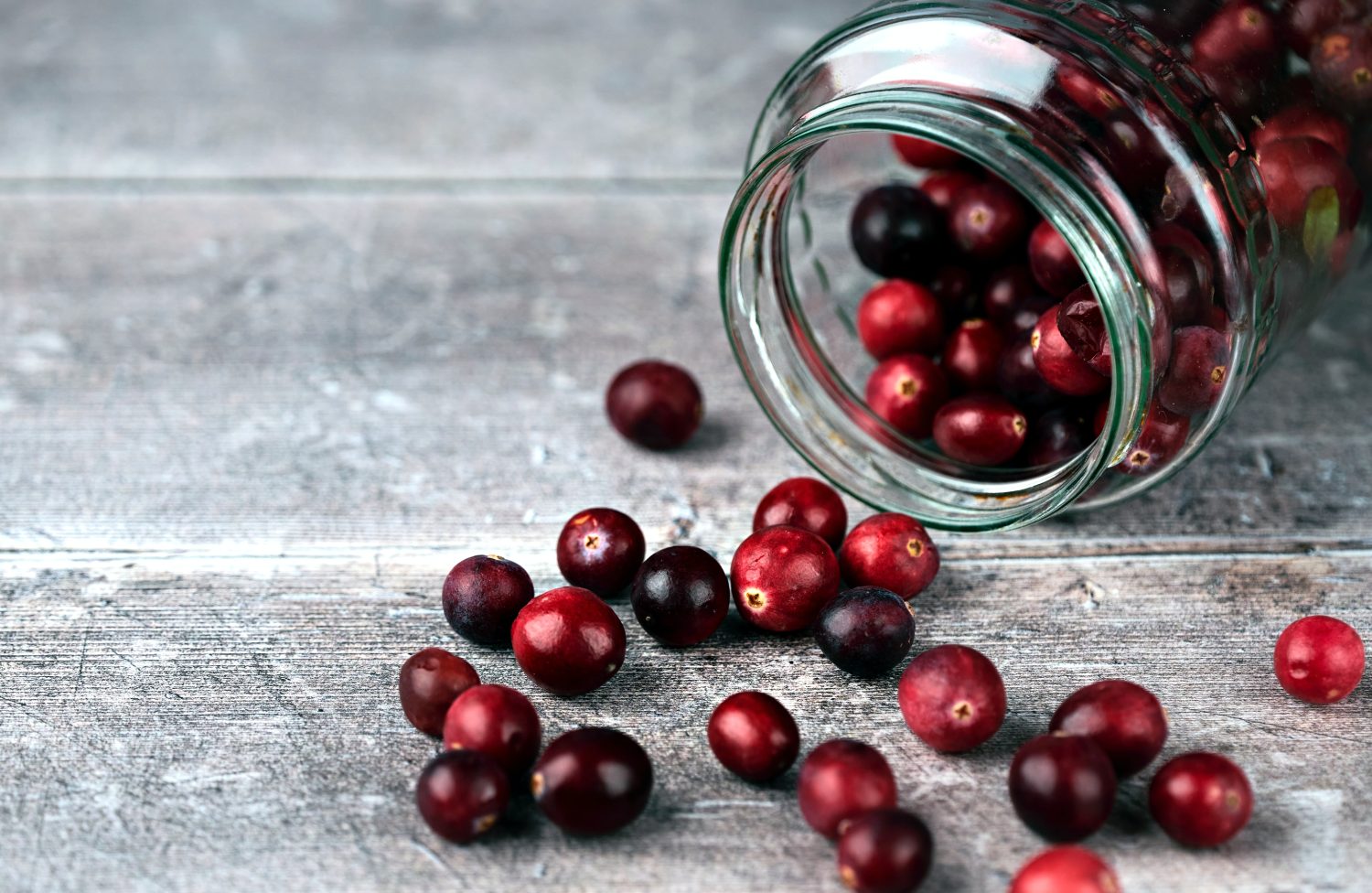
Cranberries, like blueberries, are extremely high in antioxidants, due to the flavonoid proanthocyanidins. Researchers are currently exploring the potential anti-cancer properties of this flavonoid. Other foods with high levels of proanthocyanidins include chocolate and apples.
But that’s not all. Cranberries are basically fat- and sodium-free, which makes them a healthy snacking alternative. They also have loads of fiber, manganese, and vitamin C.
However, what cranberries are most known for is their ability to prevent urinary tract infections. Crazy, right? Cranberries are able to stop E. coli bacteria from attaching to cells in urinary tracts, thereby preventing infections. They’re often sold as supplements at pharmacies and grocery stores for that very reason.
Dried cranberries (Craisins) are often pumped full of sugar, making them less healthy. Plus, the dehydration process removes their vitamin C content.
Are Cranberries Acidic?
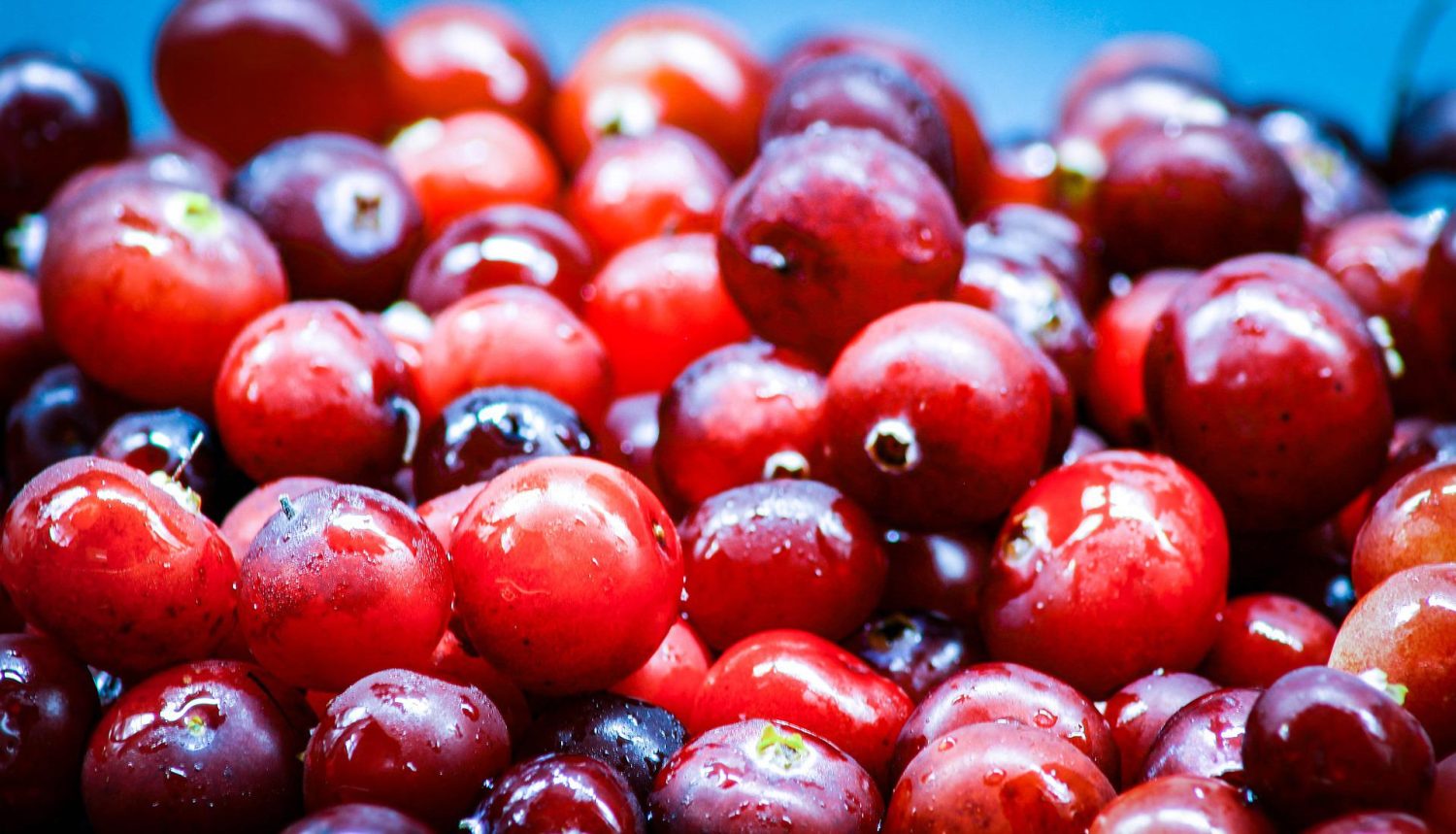
It’s true! Cranberries are very acidic, similar to a lemon or lime. So, if you struggle with acid reflux, cranberries may trigger some unfortunate symptoms.
Cranberries generally have a pH level between 2.3 to 2.5. To compare, orange juice usually clocks in between 3.3 to 4.2, while lemons fall between 2-3. So, yes! Very acidic!
Cranberries grow in acidic peat soil, so you are what you grow in, right?
How to Grow Cranberries
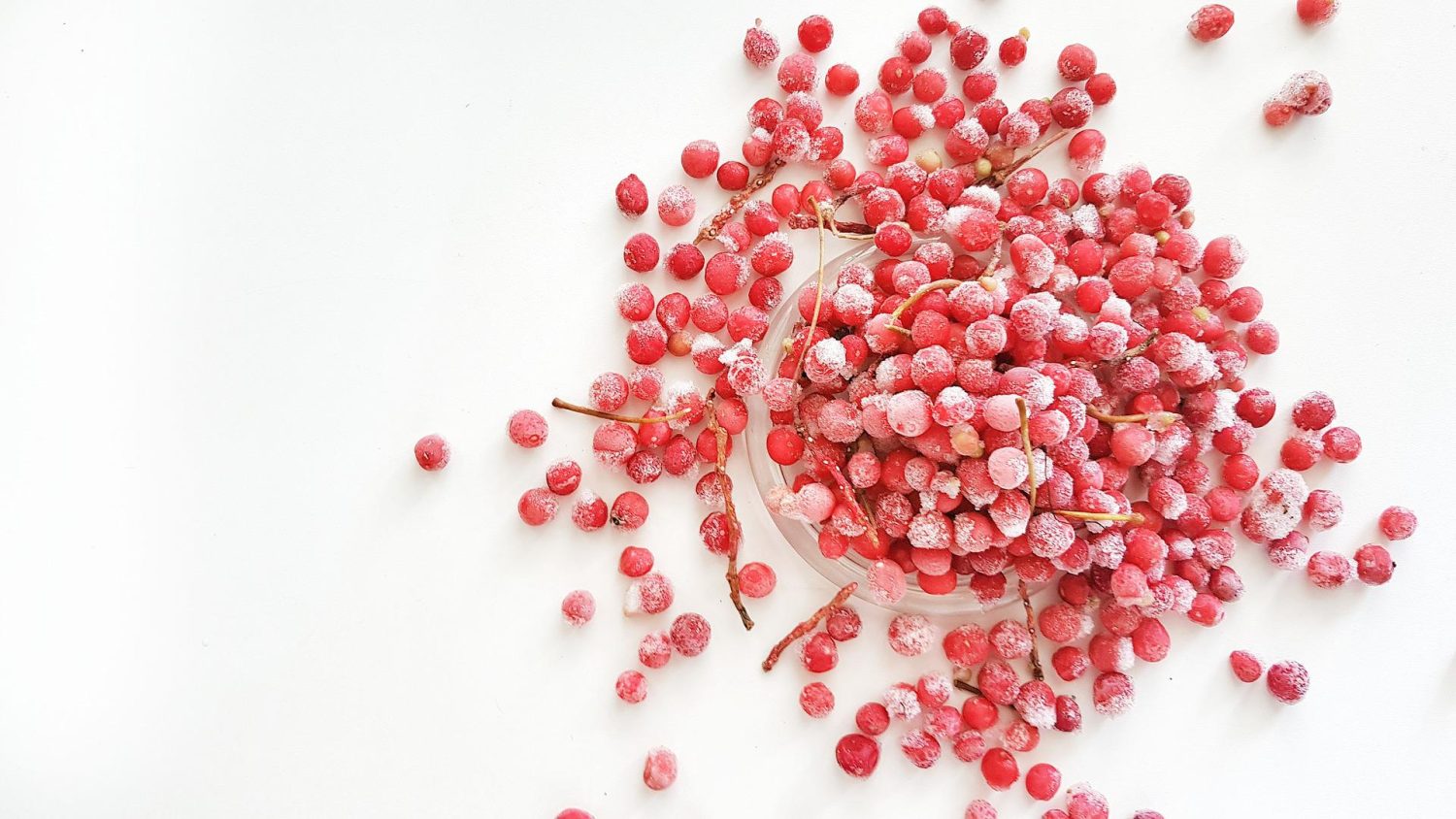
It’s time to throw on your gardening gloves and make a fresh cup of coffee, ‘cause this won’t be easy. Get ready.
First, you’ll need to test your soil and make sure it’s very acidic (5 or below). If your soil doesn’t drain well, grab some bags of sand and layer them on top. Cranberries love their layers. Most bogs have, from the bottom up, clay, then gravel, then peat, and finally sand. The top layer of sand helps prevent weeds from growing and sucking all the nutrients out of the bog.
Not to mention, if you live in a summer-for-four-seasons area, your cranberries won’t be happy. They require a three month long cold period to produce fruit.
Are you getting a headache yet?
Cranberries do not technically grow in water, but they require water to grow. Just bear with me.
Cranberries need to be flooded three different times in their growth cycle. The first one comes in the winter to provide a protective layer of ice. The second happens during spring as the ice melts, while the final one takes place when the fruit has matured. Although the final flood is optional, most cranberries are “wet harvested,” not dry.
If that hasn’t scared you away, then you’re far braver than I am! To learn how to grow cranberries at home, I highly recommend checking out the following guide and wish you the best of luck!
Where Are Cranberries Grown?

Cranberries are native to North America, but due to their intense growing conditions, they are only grown in five states in the continental U.S.
If you’re looking to harvest some fresh cranberries, get ready to pack your bags and go! Wisconsin and Massachusetts are the top producers, with New Jersey, Washington, and Oregon taking up the rear.
Cranberries are also grown in Chilé and certain areas of Canada.
Other Frequently Asked Questions

How Long Do Cranberries Last?
Cranberries can last up to two weeks in the fridge and even longer in the freezer.
Can You Eat Cranberries Raw?
Yes! They are safe to eat while raw, but extremely sour and bitter which prevents most people from popping them whole.
You can consume cranberries in a variety of ways, though, from juices to powders to dried fruits. Whatever floats your boat!
Can You Freeze Fresh Cranberries?

Yes!
Wash and dry them well, and then freeze for up to one whole year in an airtight bag. But, be warned, do not thaw them before cooking them! Pop those frozen bad boys right into the recipe to retain their wonderful texture. No mush!
Do Cranberries Grow in Water?
Sort of, kind of!
Although they grow in bogs, cranberries are soil-bound.
However, they do require three floods in order to grow. That iconic image of a water-logged cranberry bog still stands!
What State Produces the Most Cranberries?
Wisconsin produces almost half of the U.S.’s cranberries, with Massachusetts following up in second place.
Conclusion
Cranberries are an incredibly intricate and under-appreciated plant. They are so much more than just a Thanksgiving staple.
For those who hate seeds, don’t worry. You can easily remove the seeds from cranberries with a little bit of work and patience, no need to wipe the sweat off your brow.
And, for any adventurous growers out there, try your hand at planting cranberry shrubs! Who knows what will happen?
Dolly

